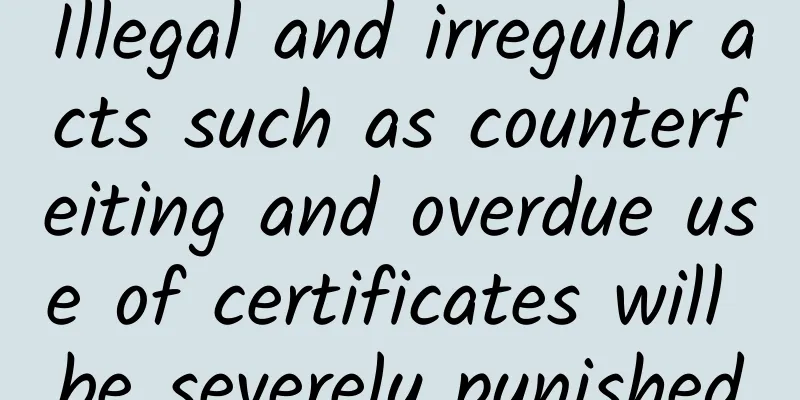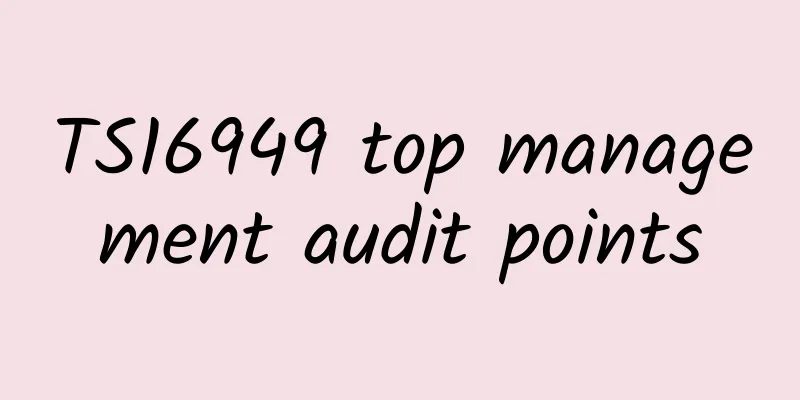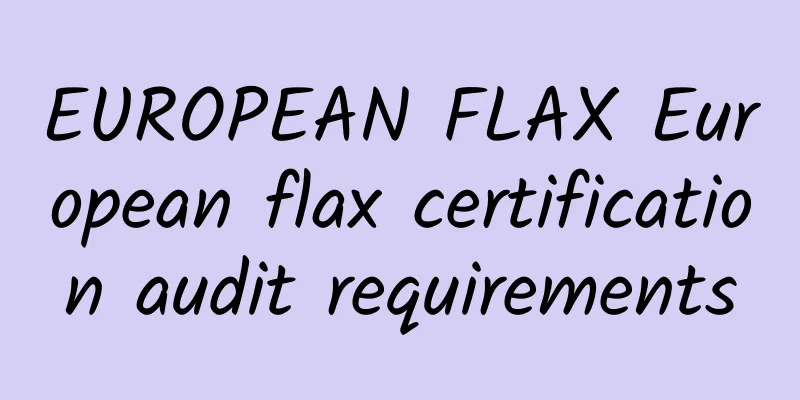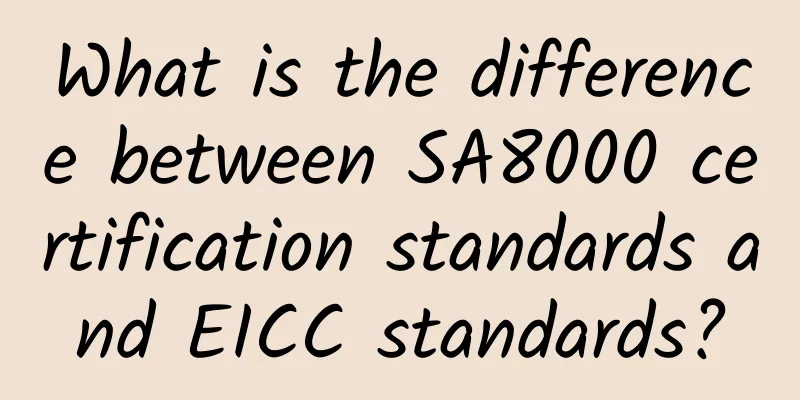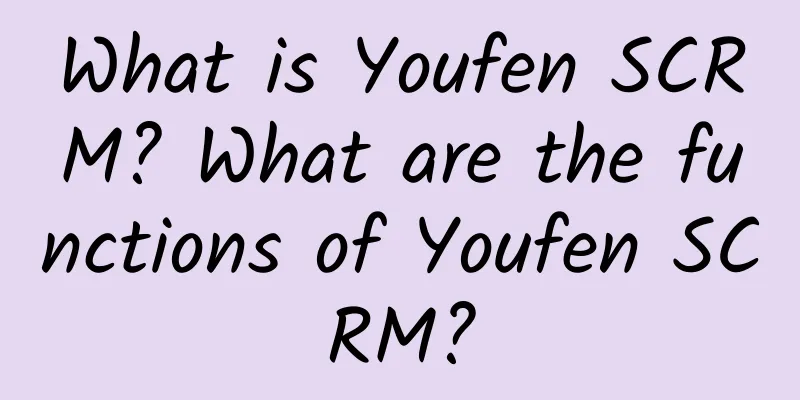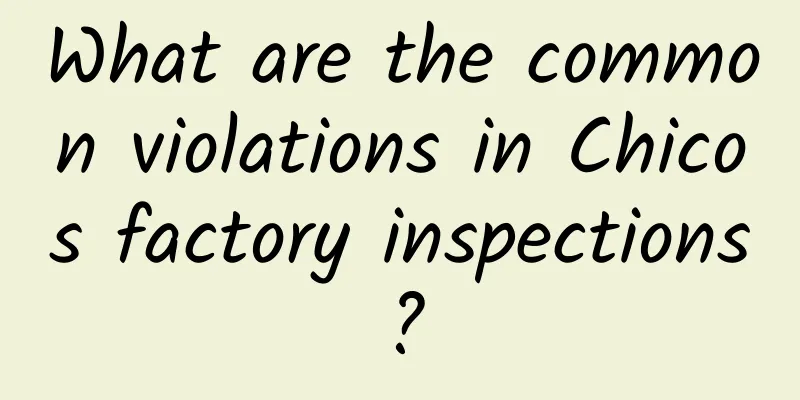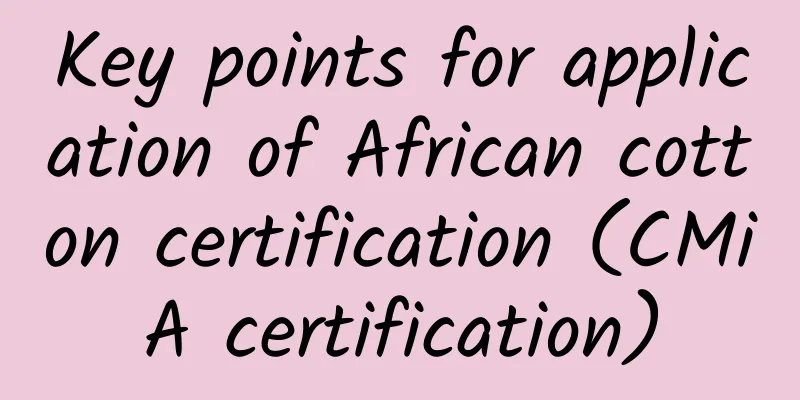SA8000 certification requirements for fire extinguishers
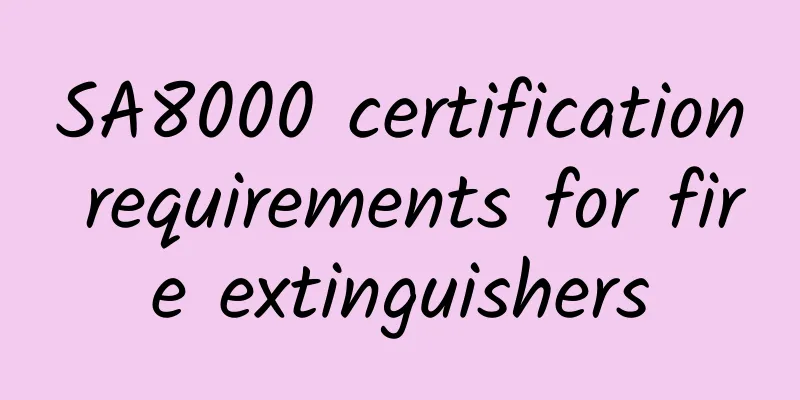
|
1 Common classification of fire extinguishers: 2. The scrapping age of fire extinguishers The scrapping age of fire extinguishers Fire extinguishers must be scrapped if they reach the following age from the date of manufacture: 3 Fire extinguisher installation requirements: 4. Inspection of fire extinguisher: 5. Bring the fire extinguisher to the fire site and stand upwind of the fire. |
<<: 6 Misunderstandings of Customers in Factory Inspection
>>: Differences between TS16949 4th edition certification rules and 3rd edition
Recommend
JCPENNY Factory Inspection Notice
Like many large foreign supermarkets, Jcpenny also...
Why are things on eBay so cheap? What are the reasons?
eBay sellers who have done business on eBay know ...
How is Japan Sitong Transshipment? Why choose Sitong Transshipment?
Japan Sitong Transshipment has set up a warehouse...
How is Huahan Logistics? What services does Huahan Logistics provide?
How about Huahan Logistics? Shenzhen Huahan Hongy...
What is the Organic Content Standard (OCS) certification?
OCS certification is one of the current organic c...
Timberland Timberland anti-terrorism factory inspection role
Timberland Timberland Anti-terrorism Factory Inspe...
What is GrowingIO? How to convert through GrowingIO?
What is GrowingIO? GrowingIO is a new generation ...
What are the characteristics of Finland? How is the Finnish market?
What are the characteristics of Finland? Finland ...
Which industries does SEDEX apply to?
SEDEX certification is applicable to all enterpri...
Part of WCA factory inspection standards
Advantages of enterprises passing WCA factory aud...
How is Appen International? What is the development history of Appen International?
How about Appen International? OrderPlus is a cro...
How is Xiji.com? What services and advantages does Xiji.com have?
How about Xiji.com? Xiji (www.xiji.com) is an int...
How is Aizeming International Business Consulting? What are the advantages of Aizeming International Business Consulting?
How about Ai Zeming International Business Consul...
What is eBay Plus? What are the benefits of eBay Plus for members?
What is eBay Plus? eBay Plus is a new feature-ric...
HACCP certification application scope
HACCP certification is a powerful system that can...
